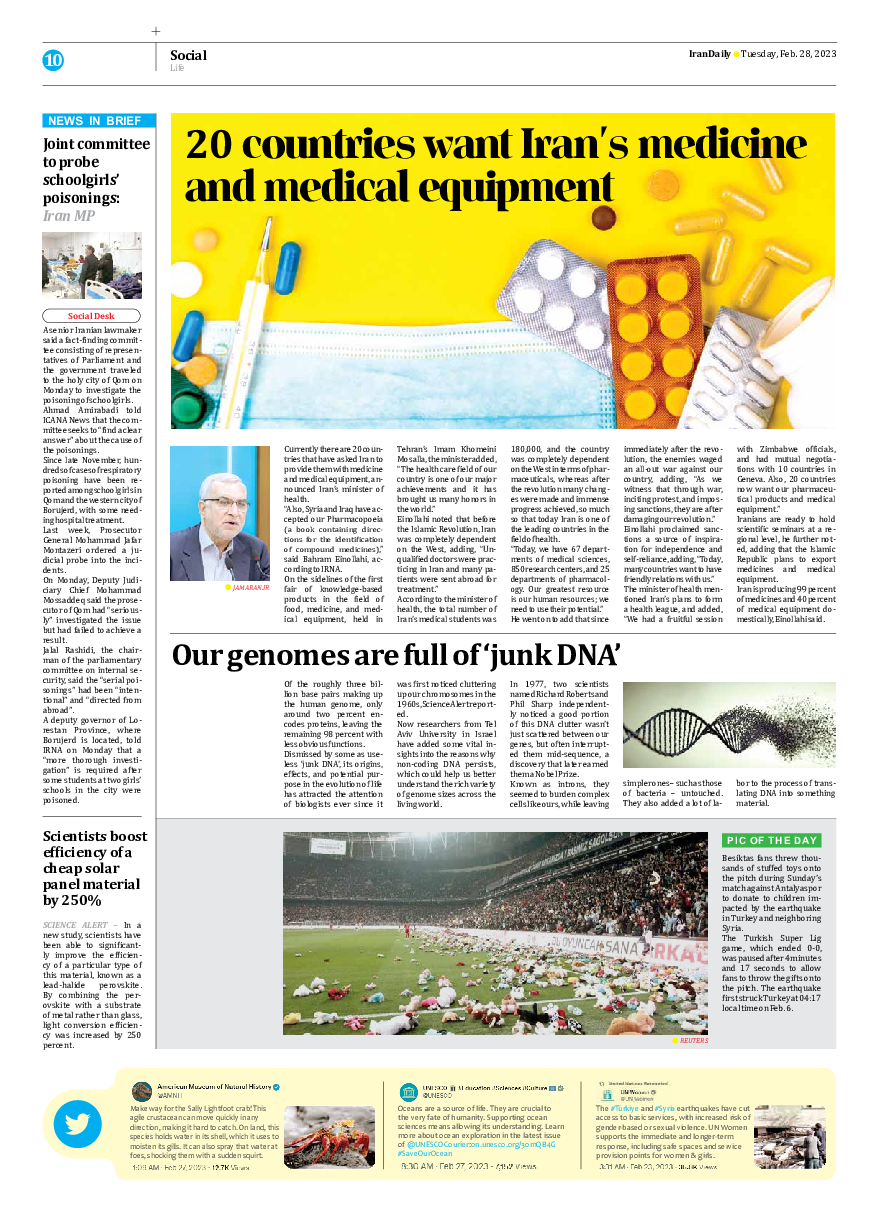
Our genomes are full of ‘junk DNA’
Of the roughly three billion base pairs making up the human genome, only around two percent encodes proteins, leaving the remaining 98 percent with less obvious functions.
Dismissed by some as useless ‘junk DNA’, its origins, effects, and potential purpose in the evolution of life has attracted the attention of biologists ever since it was first noticed cluttering up our chromosomes in the 1960s, Science Alert reported.
Now researchers from Tel Aviv University in Israel have added some vital insights into the reasons why non-coding DNA persists, which could help us better understand the rich variety of genome sizes across the living world.
In 1977, two scientists named Richard Roberts and Phil Sharp independently noticed a good portion of this DNA clutter wasn’t just scattered between our genes, but often interrupted them mid-sequence, a discovery that later earned them a Nobel Prize.
Known as introns, they seemed to burden complex cells like ours, while leaving simpler ones – such as those of bacteria – untouched. They also added a lot of labor to the process of translating DNA into something material.







